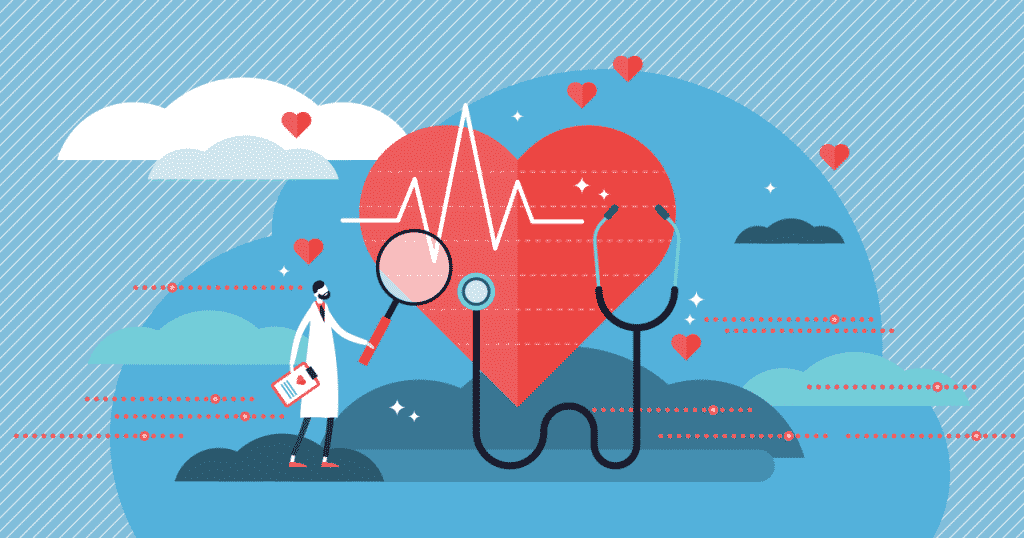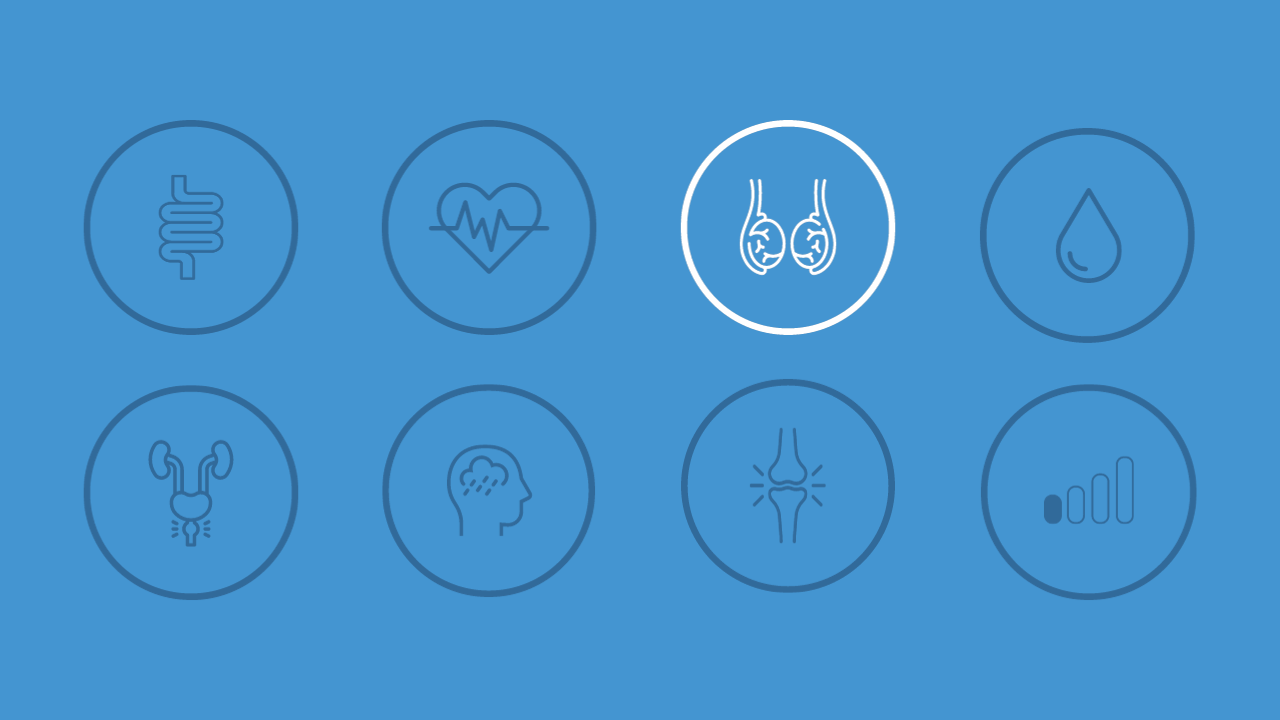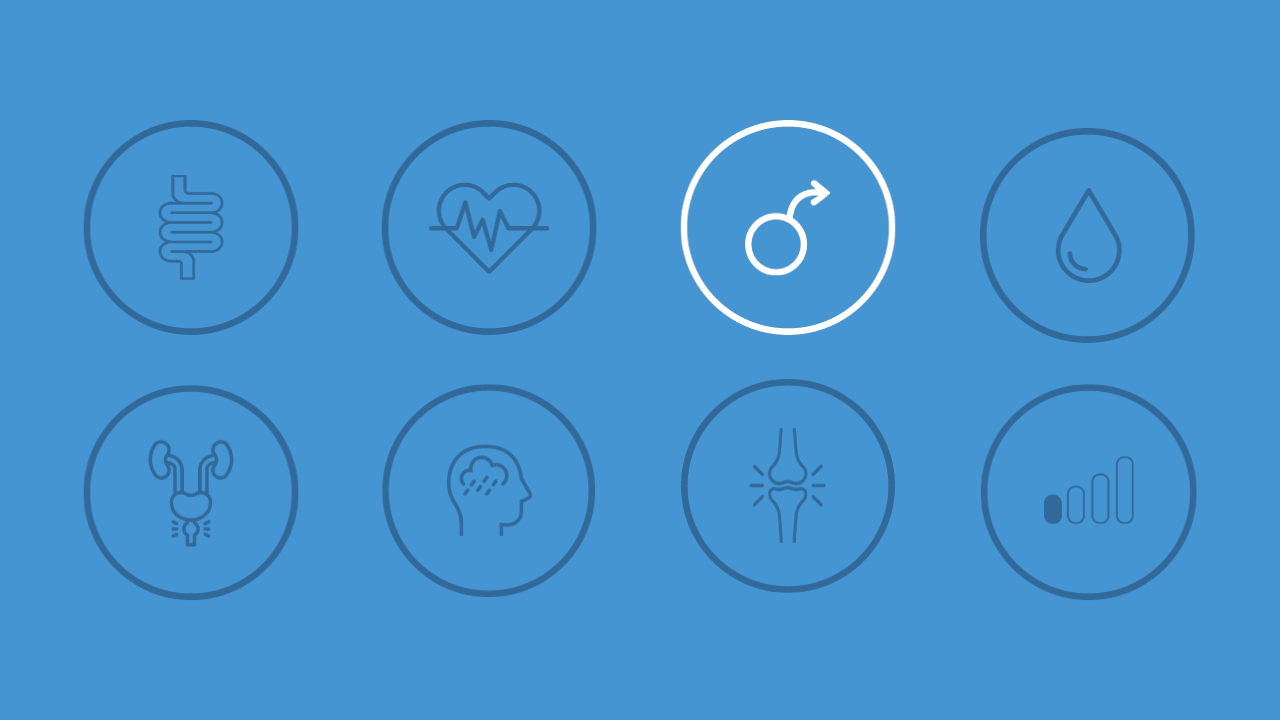Rapid Ejaculation
Rapid or premature ejaculation is a condition where a man ejaculates sooner than he or his partner wishes, typically within 1 to 3 minutes.
Medically reviewed by:

CM, OBC, MD, FRCSC, FACS, FCAHS
What is Rapid Ejaculation ?
Rapid or premature ejaculation is a condition where a man ejaculates sooner than he or his partner wishes, typically within 1 to 3 minutes. Many men occasionally ejaculate prematurely. However, it may be diagnosed when it occurs regularly, with minimal sexual stimulation or shortly after penetration, and is causing distress.
The embarrassment of talking about rapid or premature ejaculation keeps many men from seeking medical help. However, it is a very common men’s health condition with several treatment options.
Causes
Premature ejaculation impacts 30% to 40% of men at some point in their life. It is the most common to develop it early in life with first sexual experiences, however it can also begin later in life.
There are both psychological and biological factors that can contribute to premature ejaculation, including:
- Anxiety or stress
- Feelings of guilt or shame around sexual intercourse
- Abnormal hormone levels or brain chemicals
- Prostate inflammation or infection
Diagnosis
Rapid or premature ejaculation is diagnosed by a healthcare provider based on your sex life, health history and a physical exam.
Treatment
A doctor can recommend many techniques that can be used to delay ejaculation during intercourse. These may include:
Other treatments may include topical anaesthetic creams that contain lidocaine or prilocaine to dull the sensation on the penis, counselling, and medication.
Talk to your doctor to find the best treatment plan for you.
Are You At Risk?
Learn your risk level for the most common men’s health conditions in 10 minutes with a free, confidential, and personalized report.
Medically reviewed by:

Dr. Larry Goldenberg, CM, OBC, MD, FRCSC, FACS, FCAHS
Dr. Goldenberg is a urologic surgeon and clinical scientist, who specializes in prostate cancer research and treatment.
More about Dr. Larry Goldenberg

